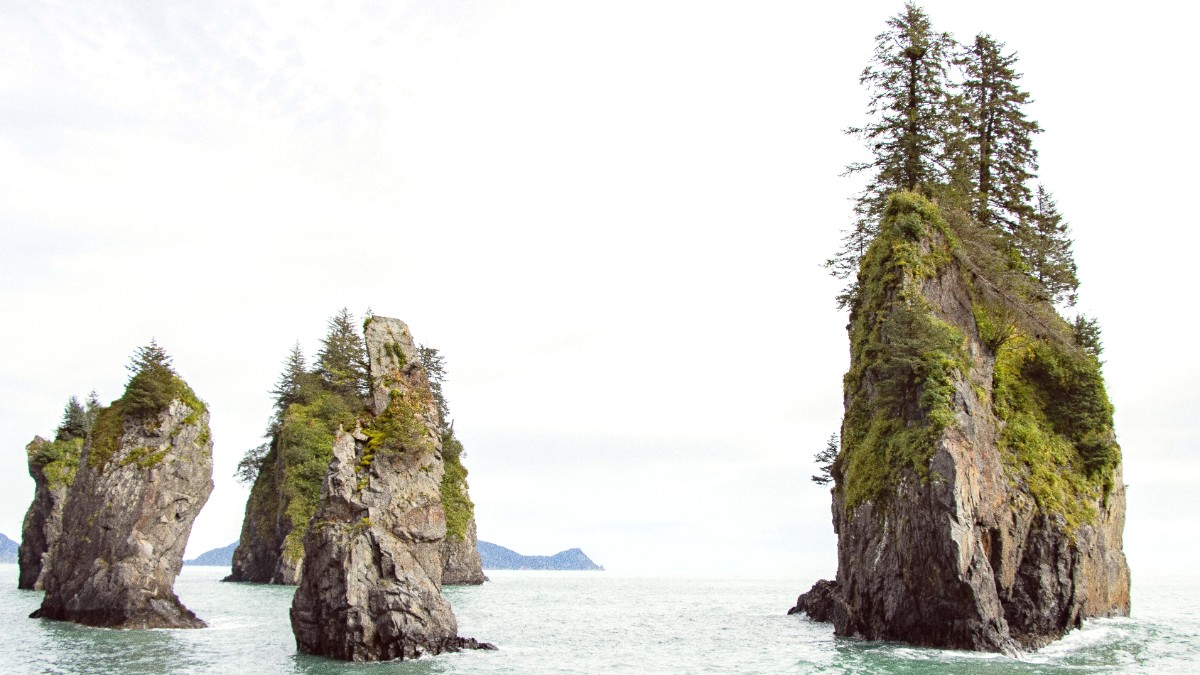
Alaska, USA
Ted Stevens Anchorage International Airport (ANC): This is the main gateway for all of Alaska. Most visitors arriving from outside the state will fly into Anchorage first. ANC offers scheduled flights connecting to the regional airports on the West Coast. Fairbanks International Airport (FAI): Serving as a secondary hub, Fairbanks also delivers connecting flights to some West Coast regional airports. It is often a good option if your itinerary includes Interior Alaska.
Once in Anchorage or Fairbanks, travelers typically take a domestic flight to one of the regional hubs on the West Coast. Nome Airport (OME): Serves the Seward Peninsula and surrounding villages. Bethel Airport (BET): The main hub for the vast Yukon-Kuskokwim Delta region. Dillingham Airport (DLG): Gateway to the Bristol Bay region. Kotzebue Airport (OTZ): Serves the Northwest Arctic region.
Flight schedules and prices shift significantly by season. Peak season sees more frequent and reliable flights, but prices are highest. Winter means reduced frequency and weather susceptibility.
Booking well in advance (6-12 months) for peak season travel is a beneficial step. Winter prices may be lower outside of specific events like the Iditarod finish in Nome, which sees a surge in demand.
Shoulder seasons (May, September-October) can deliver a balance of availability and potentially lower prices, but weather can be unpredictable. Factor in flexibility.
The West Coast largely lacks connected road systems. Roads typically stretch a few miles outside regional hubs. Nome is an exception, with about 200 miles of gravel roads connecting to former mining sites.
If driving locally (e.g., around Nome), a 4x4 vehicle or ATV is often needed for rough conditions. Car rentals are extremely limited and very expensive. Local businesses might offer older vehicles. DiscoverCars.com for potential rentals outside this region.
River systems function for local transport between villages (e.g., Yukon, Kuskokwim rivers). Niche expedition cruises occasionally visit Nome, Kotzebue, or the Pribilof Islands. The Alaska Marine Highway System does not serve the Bering Sea directly.
No specific exit fees or taxes apply for departing the U.S. From Alaska, as various fees are part of your airline ticket price.
Regional Hubs: Facilities are basic. Expect small terminals, limited seating, and potentially a small snack counter or vending machines. Do not expect duty-free shopping or extensive amenities.
Roads are mostly gravel, unpaved, and often rough. Seasonal closures occur due to heavy snow in winter or extreme mud during spring thaw. Cell service is limited or non-existent outside the main towns, making communication difficult in an emergency. Wildlife (moose, caribou) appear on roads, calling for careful driving. Very few services (gas stations, repair shops) exist outside of the main hubs. Plan your fuel needs diligently.
Sea and river travel hold importance for local communities and specific types of visitors. River systems serve as arteries for local transport between villages, especially in the vast Yukon-Kuskokwim Delta. These are not typically structured public transport systems for tourists but can be arranged with local guides or charter operators.
Formal public transit systems are almost non-existent on Alaska's West Coast. This is due to the small size of communities and the vast, undeveloped terrain between them. Nome operates a limited, informal bus system via local taxi companies. It mainly serves the town and some outlying areas along the short road network. Fares are low, typically $5-10 per ride. Bethel, Dillingham, Kotzebue mainly rely on taxis.
Taxis are a main mode of local transport in the regional hubs, delivering a degree of convenience for short distances. Taxis are usually marked with company names (e.g., Nome Cab in Nome, Kusko Cab in Bethel). They are typically vans or SUVs. Street hailing is rare due to low traffic volumes. It is common practice to call a dispatch by phone. Your hotel front desk can assist with calling a taxi.
Car rental options remain extremely limited and expensive. Major rental companies are not present. Some local businesses in Nome or Bethel may offer older vehicles for rent. Inquire well in advance.
ATVs (All-Terrain Vehicles) and side-by-sides are common for local travel on trails in summer. Snowmachines (snowmobiles) are the main mode of winter transport. Rentals for these are available from local outfitters.
Larger towns like Nome, Bethel, and Kotzebue have sidewalks in their small downtown cores, making them walkable for short distances. Beyond town centers, roads are unpaved. Minimal dedicated bicycle infrastructure exists.
Beyond standard options, unique modes of transport serve the specific needs of this remote region. Tour buses and hop-on-hop-off services are not available on Alaska's West Coast. No cable cars, funiculars, or other unique local transport systems exist.
Accessibility services remain extremely limited. The remote and rugged nature of the region, reliance on small aircraft, and lack of developed infrastructure present significant challenges for travelers with mobility impairments. Specialized travel arrangements are necessary.
Roads can be seasonal. Cell service limitations outside main towns mean communication difficulties in an emergency.
Avoid walking or cycling far outside town limits without proper preparation and satellite communication.
Never walk on runways or active airstrips at airports or village landing strips. These are operational areas.
Budgeting for Alaska's West Coast considers managing high costs more than finding deep discounts.